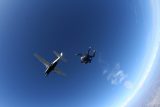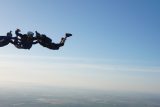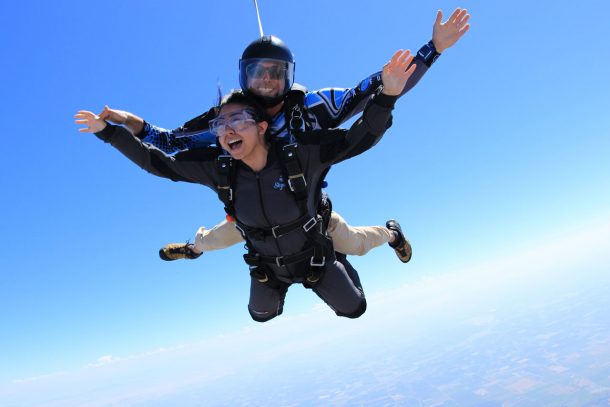What are the Top Physical Skydiving Requirements?
By now, we’re pretty sure you know that skydiving is a real-live sport. Being that it’s a real-live sport, you may wonder how much physical fitness is required to skydive. We’re here to clear up some of those lingering question marks!
This isn’t necessarily a “fitness” thing, but let’s get this out of the way first: Skydive California enforces a weight requirement of 240lbs. We say it’s not fitness-related because there are plenty of fit people who tip the scales over 240. You’ll find weight limits everywhere in aviation because things that fly are only rated to safely convey a certain amount of mass around the sky. Even if you’re a Crossfittin’ juggernaut at 260, we won’t be able to safely take you for a jump; the parachutes just aren’t quite big enough. (Once you’re on the other side of your lifting competition and you’re leaning towards the yoga side of the fence, give us a call. We’ll be here!)
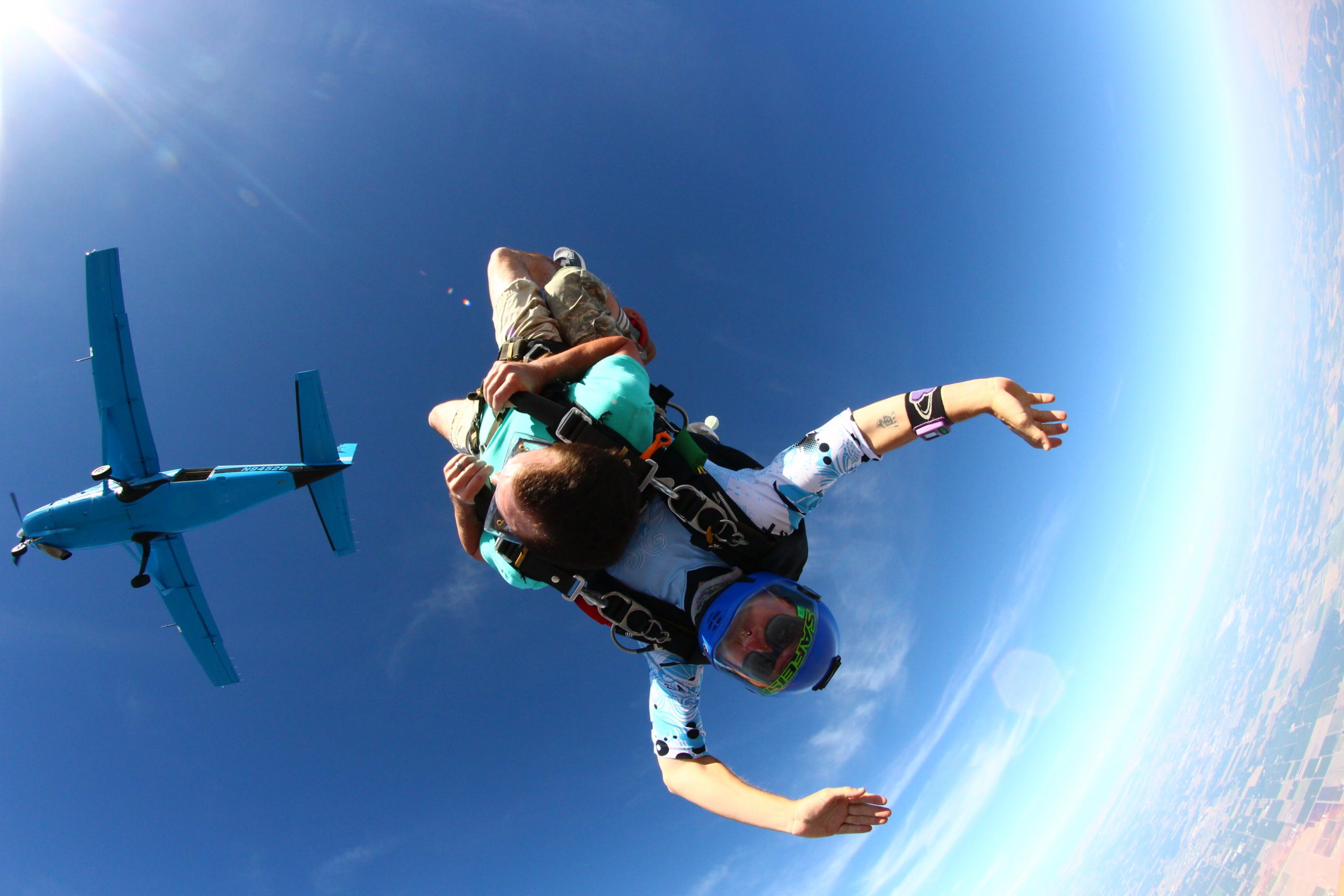
Aside from that weight limit, if you’re curious to know if you’re in skydiving shape, you’re not alone. Every day, we regularly with first-time tandem skydivers who have never seen the inside of a gym. Usually, that ain’t no problem. However: There are some physical fitness shortfalls that actually can become a problem on a skydive. Let’s review the list.
1. Heart Trouble
If you have heart problems, skydiving probably won’t be a smart bet for you. As you undoubtedly know by now if your ticker is troubled, people with cardiovascular issues should stay well clear of any activity that can elevate the heart rate steeply and quickly. Skydiving most certainly does that.
Here’s how it looks, by the numbers: Just prior to and during the exit out of the airplane, you can expect your heart rate to ratchet up to somewhere around 140 beats per minute. Most people love that feeling, but for a weak heart, that’s no bueno. If you have a known heart condition, high blood pressure or breathing problems, there’s another concern: That you won’t be able to breathe properly in an unpressurized airplane up there at exit altitude.
2. Vertigo
If you suffer from vertigo, you can bet on the fact that skydiving is probably not going to be a fun afternoon out. Skydiving can definitely trigger a vertigo episode in folks with a history of vertiginous reactions to dynamic movement. Let’s put it this way: If a windy road can send you into vertigoland, you can be reasonably sure that the whirligig of a tandem skydive is going to spin you up like a top.
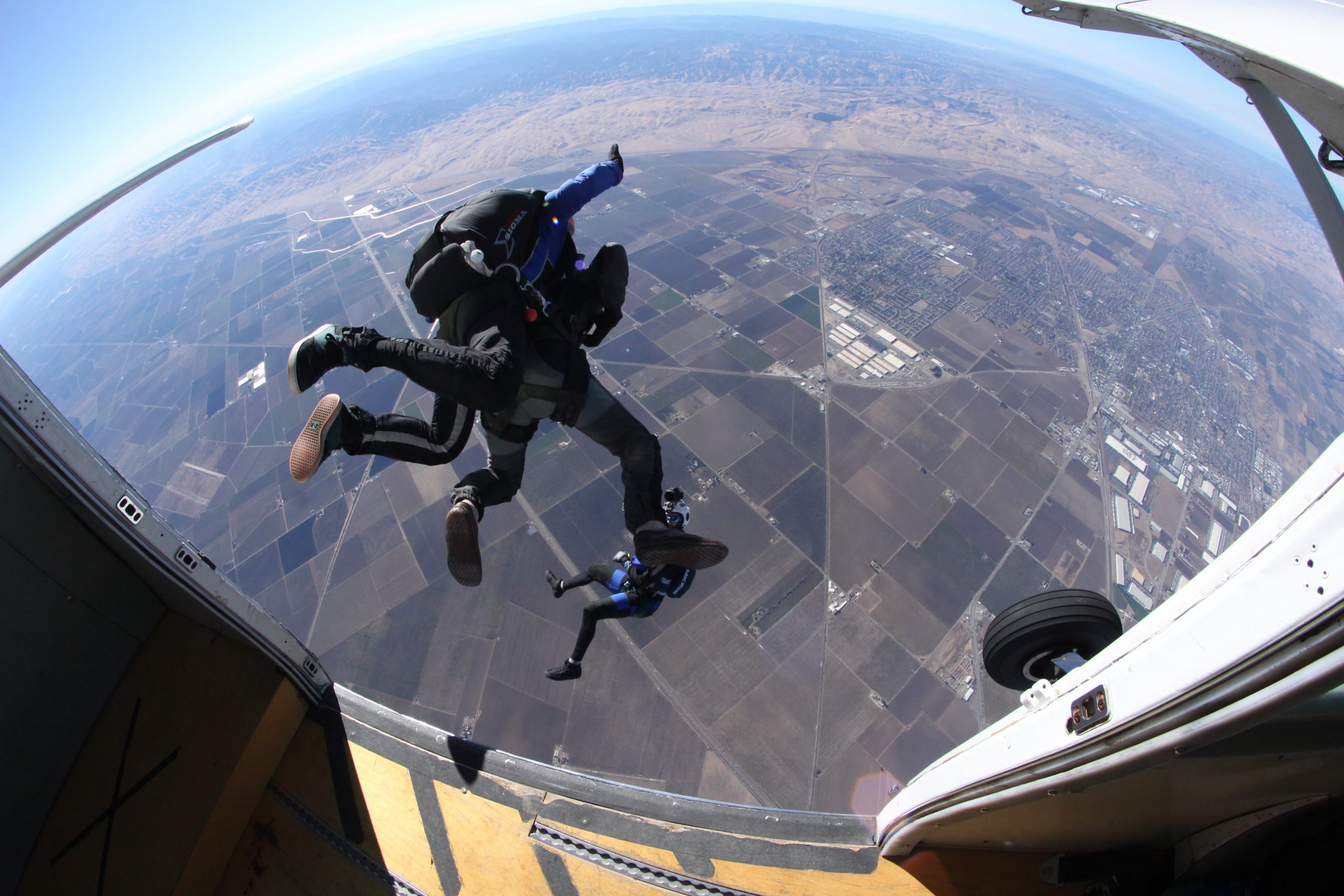
3. Bad back
Let’s start with this: A tandem skydive is likely to be gentler on your back than any number of other athletic activities. That said, the badness of your bad back is the defining factor.
If your back is on the good side of bad, you’re probably not going to experience any surprises on a tandem skydive. If, however, you’ve had a spinal fusion with plates and/or screws, the situation is quite a bit different. Having hardware in your spine doesn’t always mean that you shouldn’t under any circumstances make a skydive. Keep in mind, however, that the consequences of a hard opening (however rarely those happen) or a bad landing (again: not a statistically likely thing) could be far, far worse than the consequences faced by a non-bionic human.
4. Any pre-existing condition that a doctor signs off on
If you have a condition that you’re worried about and you see your doctor to find out if it’s safe for you to skydive, congratulations! You’re a smart cookie. And we’re about to make you even smarter, free of charge, with this piece of key information: Most doctors don’t know the first thing about the actual risks and stresses of skydiving. The simple fact is this: If your doctor isn’t a sport skydiver her/himself, you’ve almost certainly done more research on skydiving with your condition that s/he has!
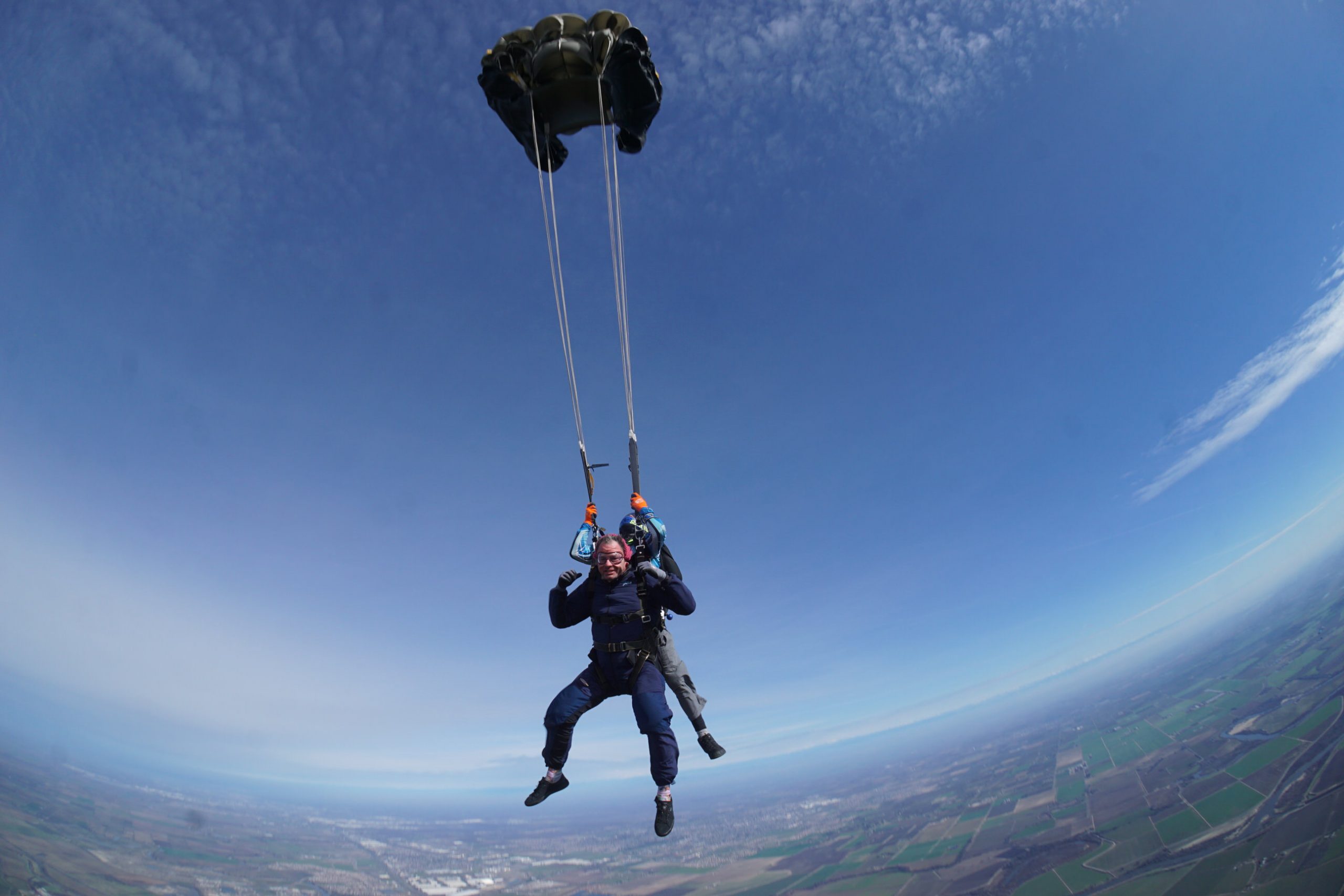
Skydiving is a complicated thing. To be truly savvy, your physician needs to understand the dynamics of the non-pressurized airplane ride, the exposure to altitude, the effects of the adrenaline rush during exit and freefall, the forces exerted on the body during the opening of the parachute, the parachute ride, and landing.
If you feel that your situation needs further research before you feel confident jumping, here’s the best way to find someone who “gets it”: Either ask to be referred to a doctor who skydives as a hobby or call an Aviation Medical Examiner (AME). AMEs are doctors who specialize in healthcare for pilots. To find one, try clicking here and looking up an AME in your area.
Here’s the final word: Skydiving is about calculating risk in an intelligent manner. That’s a responsibility, albeit a fun and satisfying one. If you have any other questions, don’t hesitate to reach out. We’d love to help your learning journey in any way we can!
Curious about Skydive California’s facilities? Learn more about us here!


